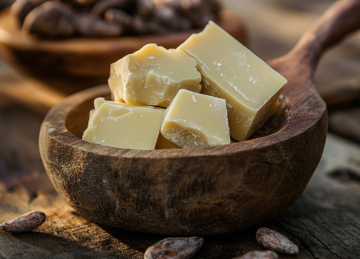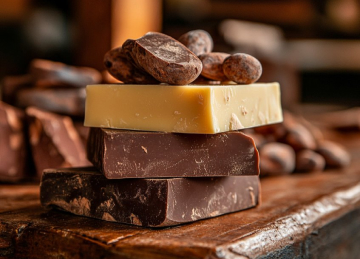The Future of Chocolate Fats: CBEs & Replacers Rising
Future of Chocolate Fats: The Rise of CBEs and Replacers in the Global Market
That silky, smooth bar of chocolate melts in your tongue, but what you're tasting isn't just the cocoa powder and sugar, but the fat that keeps everything together. Traditionally, cocoa butter has been the gold standard: that luscious melt-in-your-mouth feel has been synonymous with high-quality chocolate. However, as the global chocolate business grows, so does the demand for Cocoa Butter Equivalents (CBEs) and cocoa butter replacers. They're creating waves. So, what's new in the realm of chocolate fats? Let's unravel the story.
What Is A CBE, And Why Are They So Popular?
Cocoa Butter Equivalents (CBEs) are vegetable fat alternatives that have the same physical and sensory properties as cocoa butter. CBEs, which are made from specialised fats like shea, Sal, mango kernel, and kokum, are designed to blend seamlessly with cocoa butter without compromising the flavour or texture of the finished product. What is the rationale behind their rising usage? Cost-effectiveness, sustainability, and a steady supply. Cocoa butter is a high-end product whose values fluctuate depending on climate, agricultural circumstances, and geopolitics. CBEs provide producers a dependable and cost-effective solution without sacrificing quality.
CBEs In Action: Not Just About Saving Money
While most people assume that CBEs are primarily used to save expenses, this is half the truth. Next-generation cocoa butter equivalents are meticulously designed to provide a variety of performance benefits, including increased heat resistance, which is ideal for tropical environments; longer shelf life, which is ideal for products destined for export; and tailored functionalities such as better snap, improved gloss, or softer mouthfeels that are specifically designed to complement the finished product. For luxury chocolate makers, CBEs can really improve product performance without sacrificing the exquisite, decadent experience that customers anticipate.
The Emergence Of Cocoa Butter Replacers (CBRs) And Cocoa Butter Substitutes (CBS)
Aside from CBEs, CBRs and CBS are growing, notably in compound chocolates, coatings, and bakeries. These fats do not combine with cocoa butter, but are used in non-tempered chocolate products, which are more controllable and require less processing, making them excellent for high-volume applications.
Sustainability And Global Demand Fuel Innovation
As customers become more environmentally conscious, firms are compelled to seek out sustainable suppliers. CBEs produced on recycled or underused seeds, such as Sal and mango kernel, are gaining popularity for their low environmental impact and compatibility with clean-label norms. With the chocolate industry expected to exceed $200 billion globally by 2030, the need for ethical, traceable, and inventive fat solutions will only grow.
What's In Store For Chocolate Manufacturers?
For chocolate and confectionery businesses, the way forward is clear: adaptability and creativity will be the watchwords. CBEs and replacers allow brands to -
- Maintain product quality during periods of raw material shortages.
- Enter new markets with climate-adjusted formulas.
- Meet customer expectations for sustainability and clean labelling.
Collaborating with reputable CBE manufacturers will be a sensible move, not just to increase production but also to stay competitive in an ever-changing marketplace. Cocoa butter will long be legendary. However, as manufacturers seek wiser, cleaner, and less expensive options, CBEs and replacers are carving their niche in the market. They represent not just the future of chocolate fats, but also the future of chocolate itself.




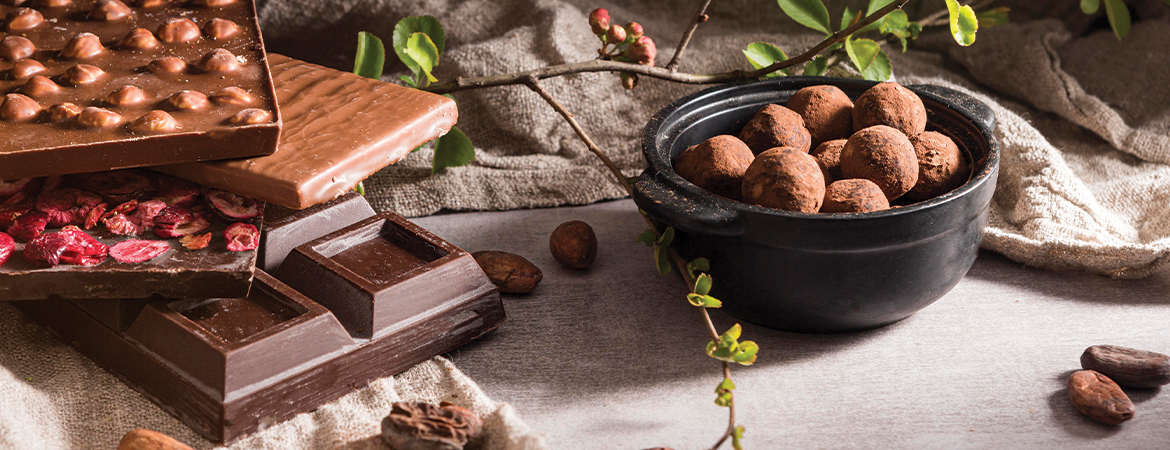
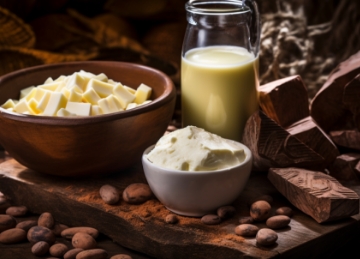
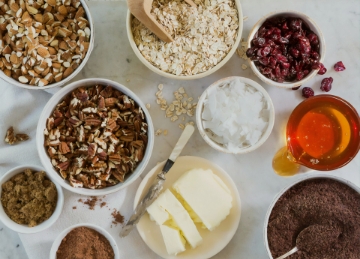
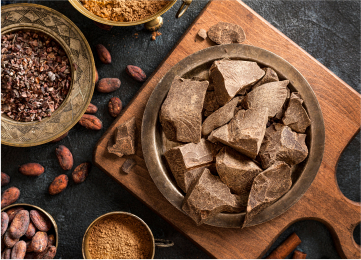
2.jpg)
